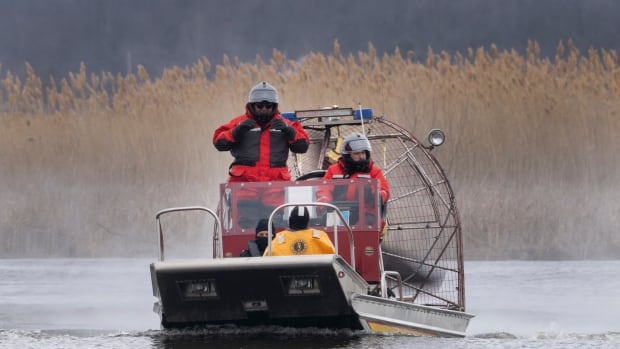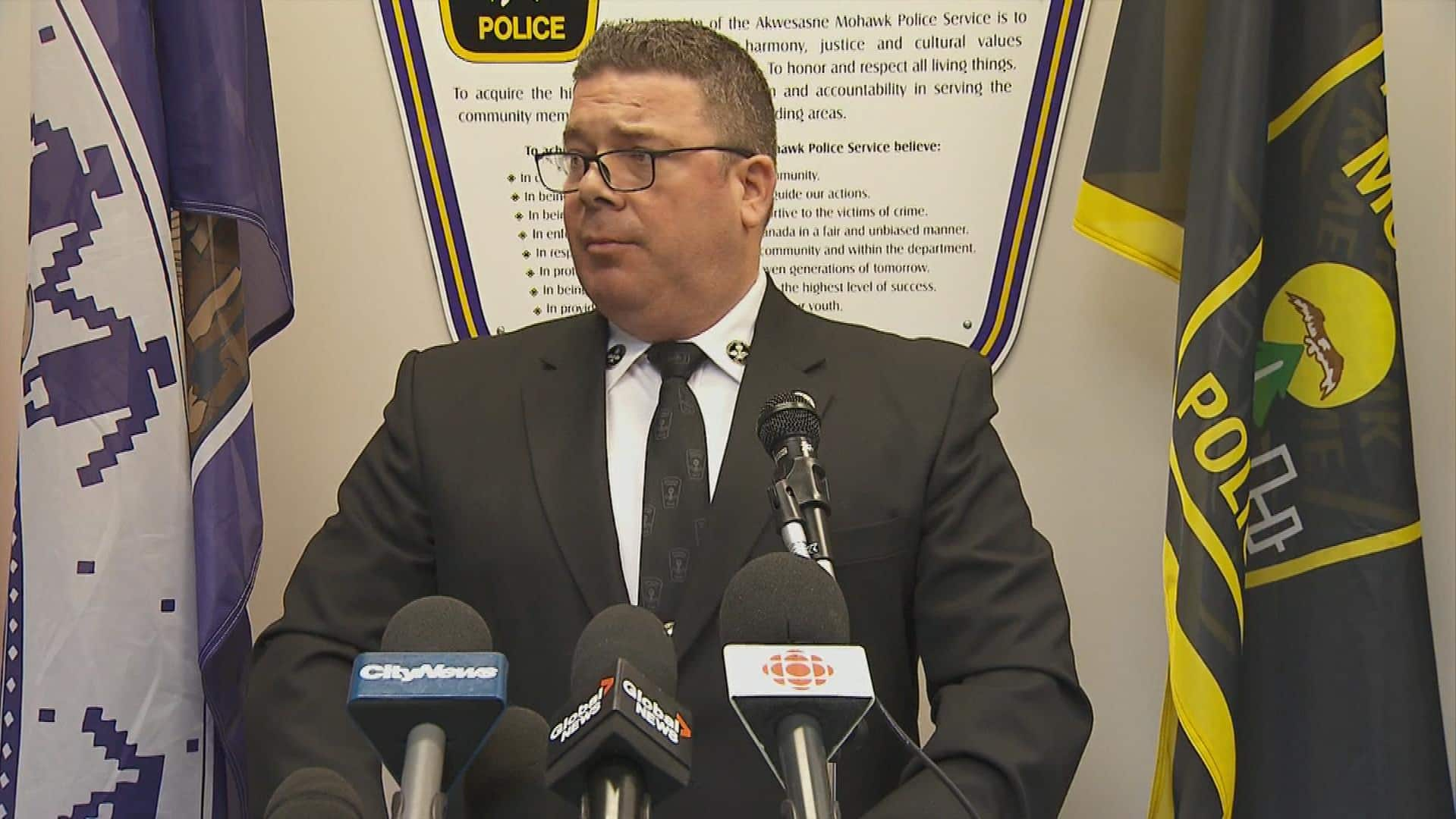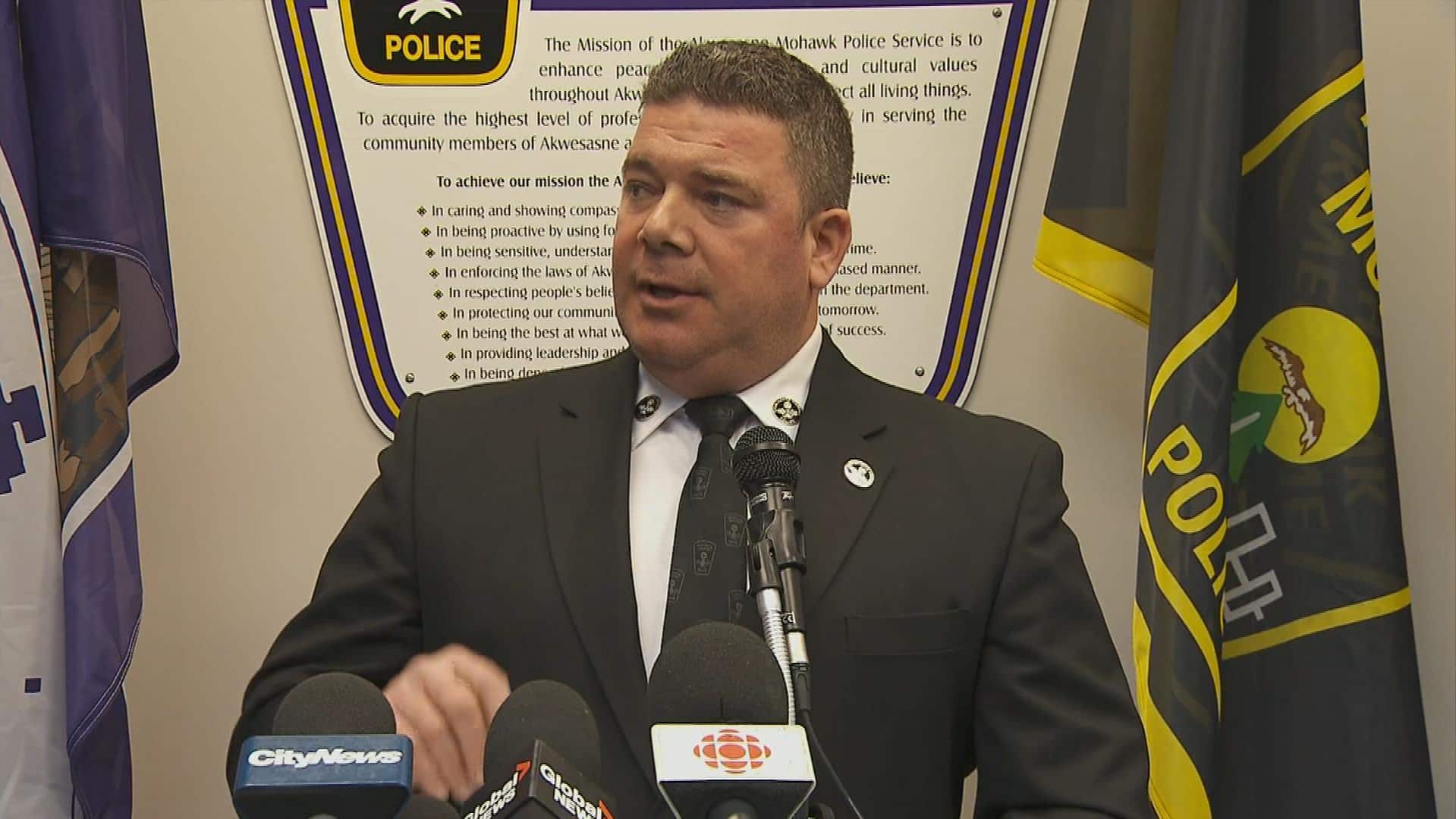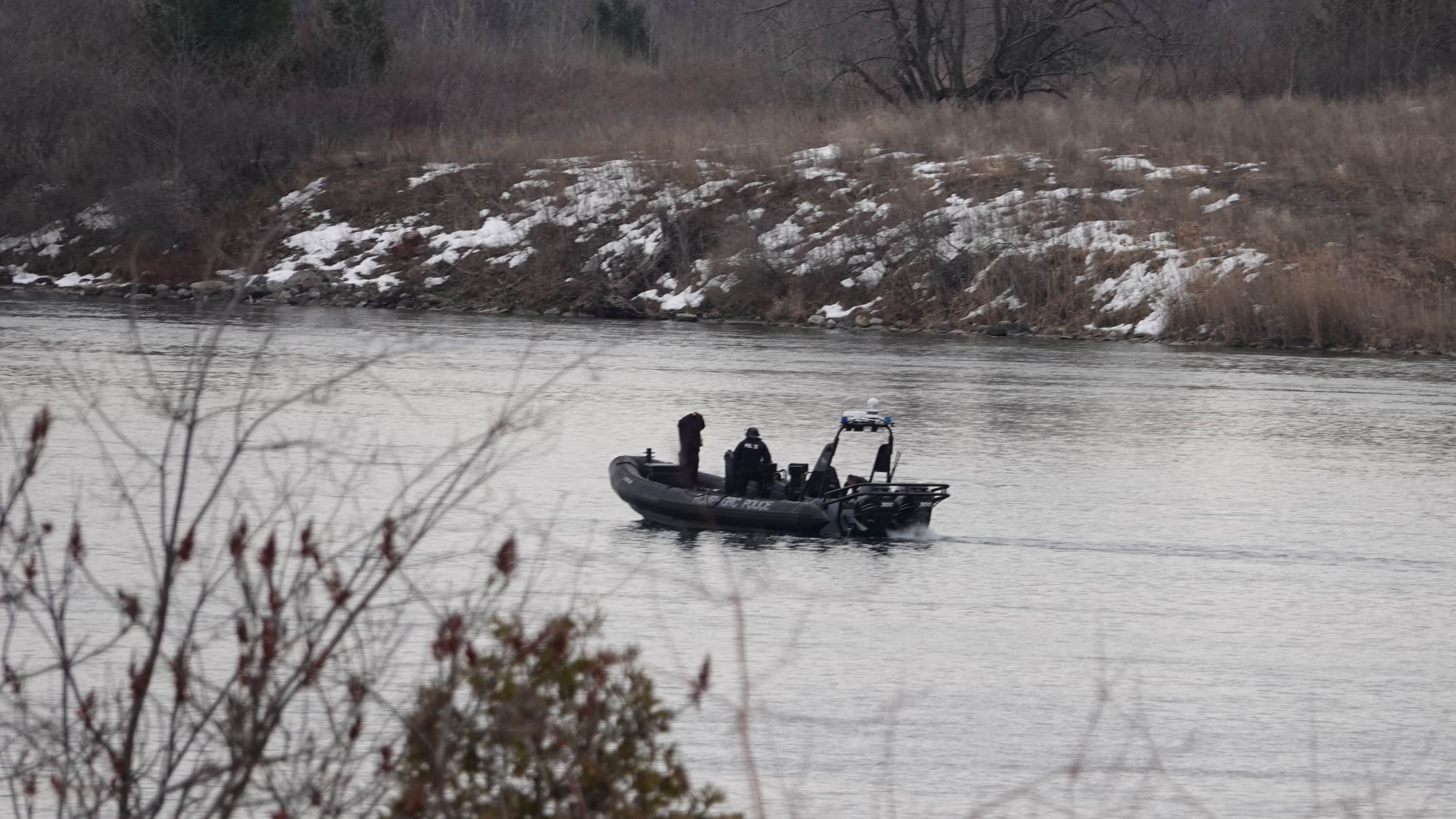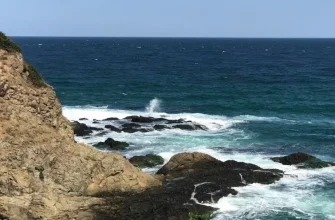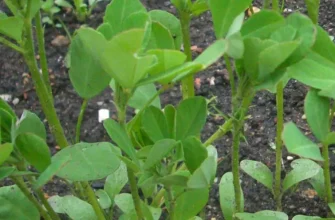Eight people are dead after they tried on Thursday to cross the St. Lawrence River into the United States near Akwesasne — a community which straddles Quebec, Ontario and New York state — according to officials. One other person is still missing.
Police recovered two more bodies from the river Friday, after discovering six bodies and an overturned boat during a missing person search Thursday afternoon.
The bodies are those of six adults and two children: one under the age of three who had a Canadian passport, the other an infant who was also a Canadian citizen, according to Shawn Dulude, the police chief for the nearby Kanien’kehá:ka community of Akwesasne. Dulude spoke to reporters at a Friday news conference.
They were found in a marsh on the riverbank.
They are believed to have been an Indian family and a Romanian family who were attempting to cross into the U.S., according to police.
Casey Oakes, 30, an Akwesasne resident, remains missing, police said. Oakes was last seen on Wednesday around 9:30 p.m. ET boarding a small, light blue vessel, leaving Cornwall Island. He was dressed in black, wearing a black face mask and a black tuque.
Shawn Dulude, the chief of the Akwesasne Mohawk Police Service, says eight bodies have now been found after an overturned boat was spotted in the water on Thursday afternoon.
He was later reported missing, leading to the search efforts that found the bodies. Oakes is a person of interest in the case, said Dulude.
Police located Oakes’s vessel near the bodies, Lee-Ann O’Brien, the deputy chief of police for the Akwesasne Mohawk police service, said on Friday morning. Akwesasne is about 120 kilometres west of Montreal.
The IDs of the victims have not yet been released, pending notification of their next of kin.
A storm brought high winds and sleet into the area on Wednesday night. “It was not a good time to be out on the water,” O’Brien said.
“It could have been anything that caused this tragedy,” he said. “It could have been a faulty boat, it could have been human error and that the investigation will determine.”
Kevin Sturge Lazore, captain of the Akwasasne Fire Department’s Station 3, sent 15 volunteer firefighters to search the river on Thursday after Oakes’s family reported him missing. Another dozen or so volunteers from other stations in the community joined the effort.
The firefighters recovered the boat, its hull dented on the bottom as if it had hit ice or a rock, Lazore said.
Akwesasne Mohawk police Chief Shawn Dulude says they have intercepted 80 attempted illegal crossings into the U.S. through their territory since January.
He and O’Brien said the boat was small, and wouldn’t have been able to safely carry seven or eight people.
“What that boat could handle and the amount of people in it, it doesn’t make a pretty picture,” Lazore said, standing by the fire department dock on the water.
Friday morning, the water was calm and mirror-like. “It can change in the blink of an eye,” Lazore said, noting waves were more than a metre high Wednesday night.
“The river is always the major concern…. Our elders tell us, always be careful, especially in the spring, with the runoff, the current is stronger and the water is freezing.”
Other attempted crossings
The volunteer firefighters were only searching for one person when they discovered the first six bodies.
“It’s hitting them now,” Lazore said, adding they had begun a debrief Thursday evening to process what they had seen, but were interrupted by a call for a structure fire.
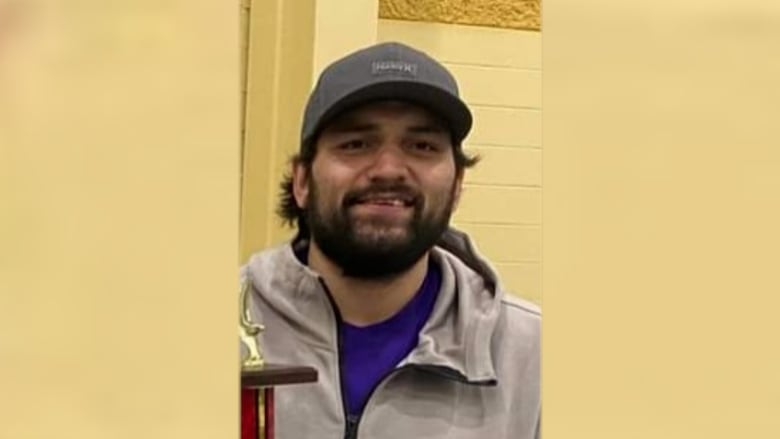
Thursday wasn’t the first time Lazore’s team has been called on to search for missing people who have tried to cross the border.
He said they rescue people attempting to enter the U.S. or Canada over the river and its tributaries about three or four times a year.
“It gets hard. It wears the guys down.”
Almost exactly a year ago, they rescued a group of six Indian nationals who had just made it into the United States on the river when the boat they were in hit a shallow bank and got stuck.
They were able to stand up in the boat and were rescued by the volunteers and Akwasasne Police Department — which received $6.5 million from the Quebec government last year to help it deal with the increased flow of human smuggling in the area.
“They were lucky. It could have been a lot worse,” Lazore said.
Police continued the search for two people missing on Friday after the bodies of six people were recovered from the St. Lawrence River near Akwesasne, on the Ontario, Quebec and New York borders.
The fire station is next to a recreation centre where community members gathered Friday afternoon. They sit across a road from the Tsi’Snaihne River.
A police helicopter circled above.
Next to the fire station, a group of men lit a sacred fire early that morning and kept it going throughout the day. Lazore said the fire was to honour the families and Oakes.
Smuggling on the rise
O’Brien, the deputy police chief, said the community has seen an uptick in human smuggling into the U.S. There have been 48 incidents so far this year, she said.
But the recent deaths had nothing to do with the closure of the Roxham Road illegal border crossing, she added.
“That closure was people seeking refuge, leaving the U.S. to Canada. These people were believed to be gaining entry into the U.S. It’s completely the opposite.”
Most of those who try to enter the U.S. through the area are Indian and Romanian families, she said, but she said she “had no idea” why that was the case.
Ryan Brissette, a public affairs officer with U.S. Customs and Border Patrol, says the agency had seen a “massive uptick in encounters and apprehensions” at the border.
The agency saw more than eight times as many people try to cross from Canada into the U.S. in 2022 compared to previous years, he said. Many of them — more than 64,000 — came through Quebec or Ontario into New York.
“Comparing this area in the past, this is a significant number,” Brissette said.
“There’s a lot of different reasons as to why this is happening, why folks are coming all of a sudden through the northern border. I think a lot of them think it’s easier, an easy opportunity and they just don’t know the danger that it poses, especially in the winter months.”
